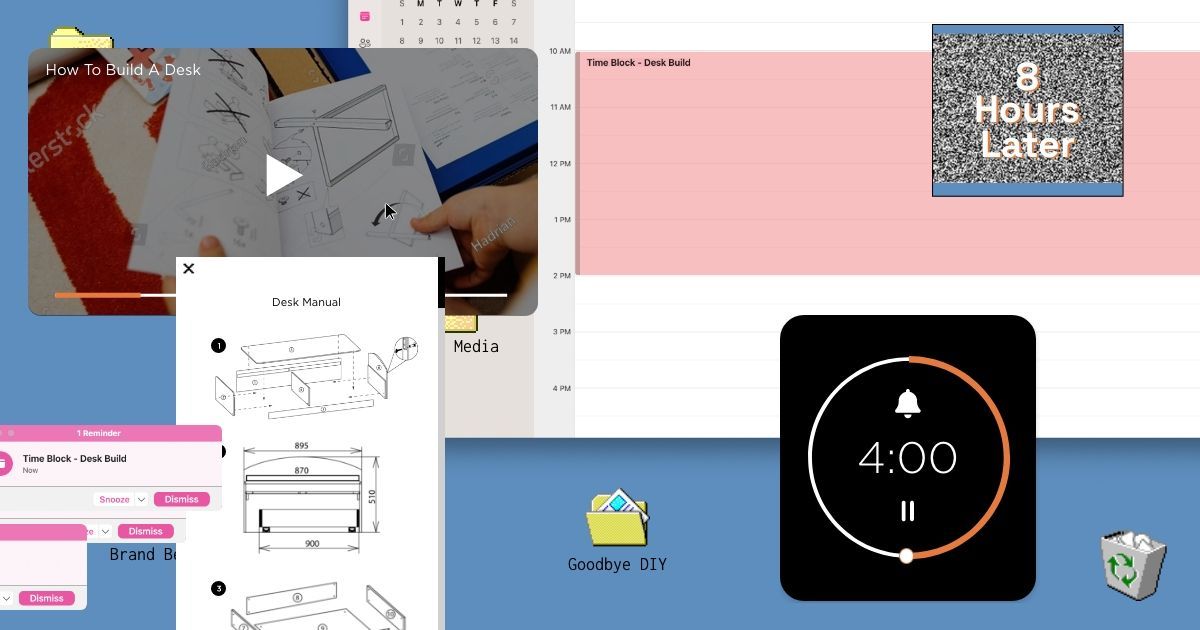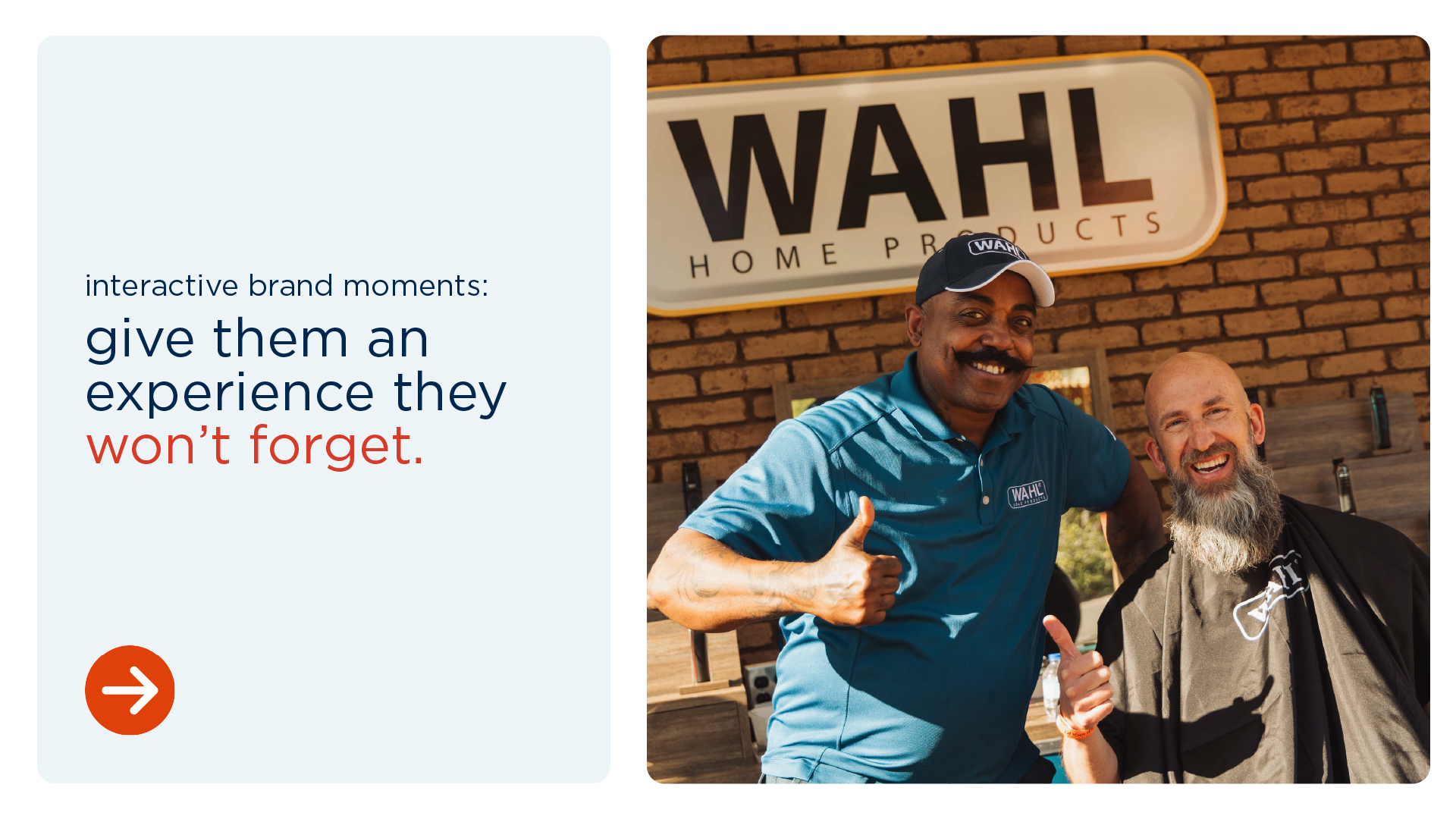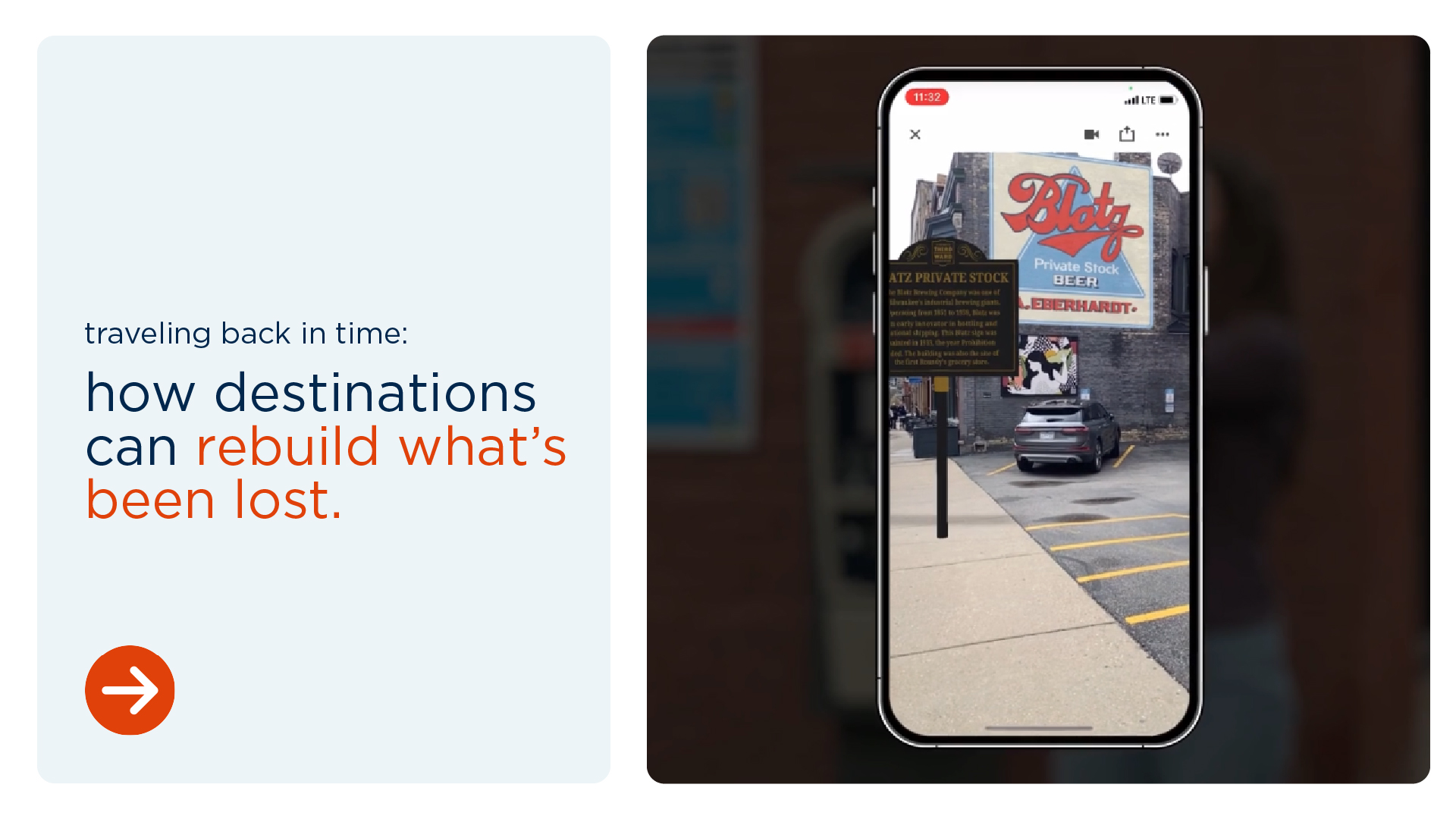Goodbye DIY, Younger Generations Want it Done for Them
October 8, 2024
As the saying goes, “if at first you don’t succeed, pay someone to do it for you.” Okay, that’s not exactly how it goes, but it’s what younger consumers want. In a 2023 study by Hoffman York, Gen Z and Millennials are the two most likely groups to pay for a service rather than do it themselves. This applies to everything from dog walking and travel planning to grocery delivery, clothing selection and house cleaning.
What’s driving this desire for younger consumers to pay for services rather than do it themselves? One reason is convenience. They’re the two most likely generations to select a brand because it’s easy to buy or requires no assembly (73% and 72%). Another might be laziness, as nearly 40% of Gen Zers and Millennials use this word to describe themselves. But this is misleading as more than half of Gen Zers and nearly a third of Millennials also describe themselves as fun, suggesting they value their time and place a higher value on the things they want to do. The last reason is efficiency. These digital natives grew up on Smartphones and understand how to be resourceful. As their disposable income grows, they choose to work smarter, not harder.
For marketers, understanding the way these younger consumers think and spend is vital, as Millennials have the highest buying power of any generation at $1.9 trillion (source) with Gen Z at $360 billion and climbing (source). So how can brands tap into this new anti-DIY mindset?
1. Make their life easier
When you needed something in the old days, you’d run to the store, look for it, buy it, come home, put it together and then enjoy it. Today, that just sounds exhausting, especially for those in their 20s and 30s. Why go through all that when you can find it online in seconds, buy it pre-assembled and have it delivered to your home? That’s the mindset brands need to be in now and in the future. It doesn’t mean younger generations are incapable of going out to buy something or assembling it themselves. It simply means they would rather spend their time doing other things.
And not everything has to be about delivery and assembly, either. If what you offer makes for a good gift, offer gift wrapping. Or change your return policy to make it easier. If Amazon is any indication, the more convenient you make it, the more likely they are to return.
2. Go one step further
Every company should ask themselves what more they can do for their customers. How they can extend their core competency to earn the sale, help the consumer or give them peace of mind. Younger generations have become accustomed to brands knowing what they want, even before they do. If there’s any doubt, ask them what’s missing or what more you can do.
When Peloton burst onto the scene, they took the idea of fitness to a whole new level. By offering in-home classes that allowed you to join a cycling group and follow along, it suddenly meant you didn’t have to come up with your own routine or keep yourself motivated. But it doesn’t have to stop there. If you’re an exercise equipment brand, you could offer one-on-one consultations with a personal trainer in your area who can build a custom workout program to help customers reach their specific goals. Or add the ability to find cycling or running groups close by so fitness enthusiasts can exercise together virtually.
Whether it’s exercise equipment or something else, every company, every brand has an opportunity to take what they offer a step further to make life easier or enhance the experience for their customers. Think about your own brand. What more can you do? Asking and answering this question will help you get closer to what today’s younger generations want—and expect.
3. Think stress-free
Gen Zers and Millennials are the most likely to buy brands that understand their preferences. In fact, 45% of Gen Zers will leave a website if it doesn’t predict what they like or need (source). One reason these younger consumers shop Target and Amazon the most (62% and 60%) is because these retailers have made the shopping experience easy to navigate and buy.
Imagine you’re a travel planning company seeking to appeal to the growing number of younger travelers looking to get away. You might start with online options and packages that include airfare and accommodations. Or, you could tap into what this generation wants—living like locals. By offering packages that lean into things locals would do and add in a local guide who can take you around to non-touristy places, you’re making the experience stress-free and giving these young, adventure-seeking travelers exactly what they want.
4. When in doubt, partner up
If your company makes products, consider pairing those products with a service as a way to increase sales and give the customer what they want. If providing a service is too steep a mountain to climb, find a company that already does it. Not only can this be cost effective, but it allows your brand to determine if adding this service in the future makes sense.
Say you’re a pet supply company that sells dog leashes, harnesses and collars. Our research shows the younger generation will pay for dog walking, so why not partner with a dog walking service to make it even easier for those customers to get the gear and exercise their dog needs? Not only does this give younger pet owners the flexibility they want, but it separates your brand from others.
Conclusion
Brands need to understand that the days of simply doing everything yourself are quickly going by the wayside as today’s younger generations are willing to pay a little more to have things done for them. So, marketers need to start asking themselves what more their brand can do to win over these consumers. It can be as simple as helping them find what they need, making the return policy easier or adding gift wrapping. To take it a step further, you can offer a complementary service that makes life easier or better for your customers. The companies that take steps to do this now will be on the ones on top tomorrow.




